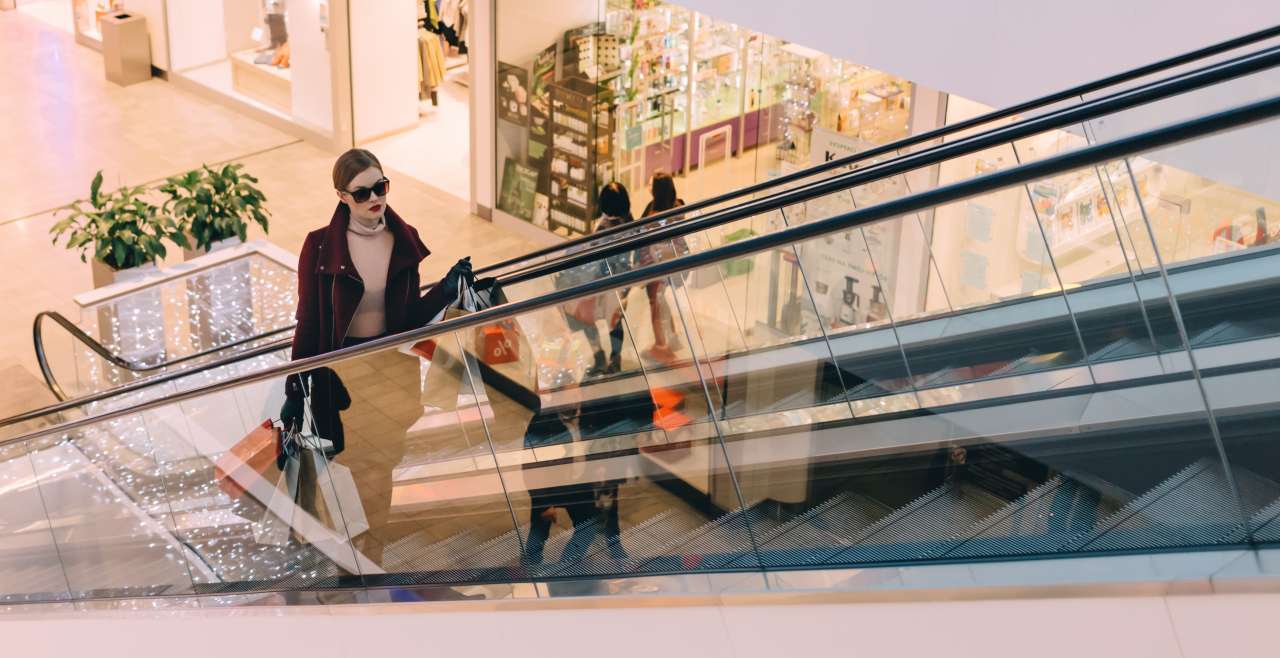It’s been obvious during these last few months of self-isolation that the natural human tendency is to dress for comfort. Lounge and athletic wear have taken the place of suits, dresses, and even jeans. Gone for now are the days of fussing with a tie, worrying about outfit coordination, putting on high heels, or yikes, panty hose. At some point though we will get out, and start moving towards whatever life the new normal will be. When this happens, what will we wear?
In my opinion, our post-corona clothing will reflect our new found desire for comfort, order, value and simplicity. I do not see women going back to wearing high spiky heels, tight pencil skirts and layered sweaters. Guys, you have most likely gotten used to going tieless, jacketless and sockless. Since it will presumably still be warm weather when we venture back into society, comfort combined with style and ease of wear will be simpler to achieve.
Dressing Authentically
Digging deeper, however, reveals a fundamental difference on how we’ll think about clothing. As the weeks of self-isolation have dragged on, many of us have not been dressing for anyone except ourselves. This distinct lack of noise and outside influences, in my opinion, will affect our future fashion choices more than the cuddly sweatpants we’ve been wearing.
When we listen to our own voice on what to wear, we dress more authentically, more in tune with our mood, personality and essence. In my line of work, I spend time assessing my clients’ fashion style, so I can help them dress authentically. Ironically, now, while we’re home in quarantine, or venturing out unconstrained by fashion norms, could be an ideal time to determine our fashion style. Have you been wearing sweatpants, and a more structured top? Have you been in leggings everyday? Do you get the desire to put on tailored slacks to take out the garbage? Or do you wish you didn’t need to get dressed at all, and maybe stay in your “day pajamas”? All of these scenarios can point you towards your fashion style. The key will be to take what you’ve learned and apply it post-corona, to a revised wardrobe.
What Will Shopping Look Like?
Shopping post-corona will be a different experience. Not only will department stores close or consolidate, the ones left will offer a changed process. I predict that instead of trying on clothes in the fitting room, there will be software, that allows you to look in the mirror and “see” what the item will look like on you. Stores will need to assure customers that the items they purchase have either never been tried on, or have been sanitized. Returns will be allowed, with the items being brought back needing to be held aside or cleaned before being put back on the selling floor. Salespeople will become more transactional. While personal stylists like myself will either shop online, or alone for our clients. Some customers will gravitate toward private label lines such as Etcetera or Halsbrook that ship directly from the warehouse in plastic bags, without being handled.
The merchandise in stores will be different as well. Wherever you live, clothing will trend toward the seasonless. Knitwear, cotton blouses, denim, athletic wear and year-round pants and jackets will form the basis of our wardrobe. Not only are we looking for greater versatility and sustainability, this will allow us as consumers to own less, and wear each item more. The trend towards seasonless pieces will allow retailers to normalize their supply chain which has become disrupted by the pandemic. Cost per wear will become more important than price. Clothing choices will reflect our desire for comfort and self-expression rather than an outward need to please others.
The retailers that survive will realize that they can be successful only by giving the consumer both the experience and the merchandise they desire. According to Barbara Kahn, a Wharton marketing professor whose research focuses on retail, companies that have positiond themselves correctly before the pandemic – such as Nordstrom, Nike and Lululemon – will be able to find their footing quickly in the post-pandemic landscape. Others may need to reconfigure.
What Does this Mean for You?
This means that we will continue to shop and add to our wardrobe, but the focus will be different. We will be looking for items that provide comfort and versatility, rather than high style and social envy. We’ll need items that we can wear for Zoom meetings, on a quick trip for curbside delivery, or while presenting in a webinar. Once we begin our post-corona life, we’ll choose our daily outfit based more on how we feel rather than what we’re doing. You will see a wider range of what people are wearing for any given situation. I expect there will be greater empathy for a wider range of styles, and less showing off with designer labels. I do hope that fashion brands can service the new normal, with clothing that is functional, attractive and innovative.


